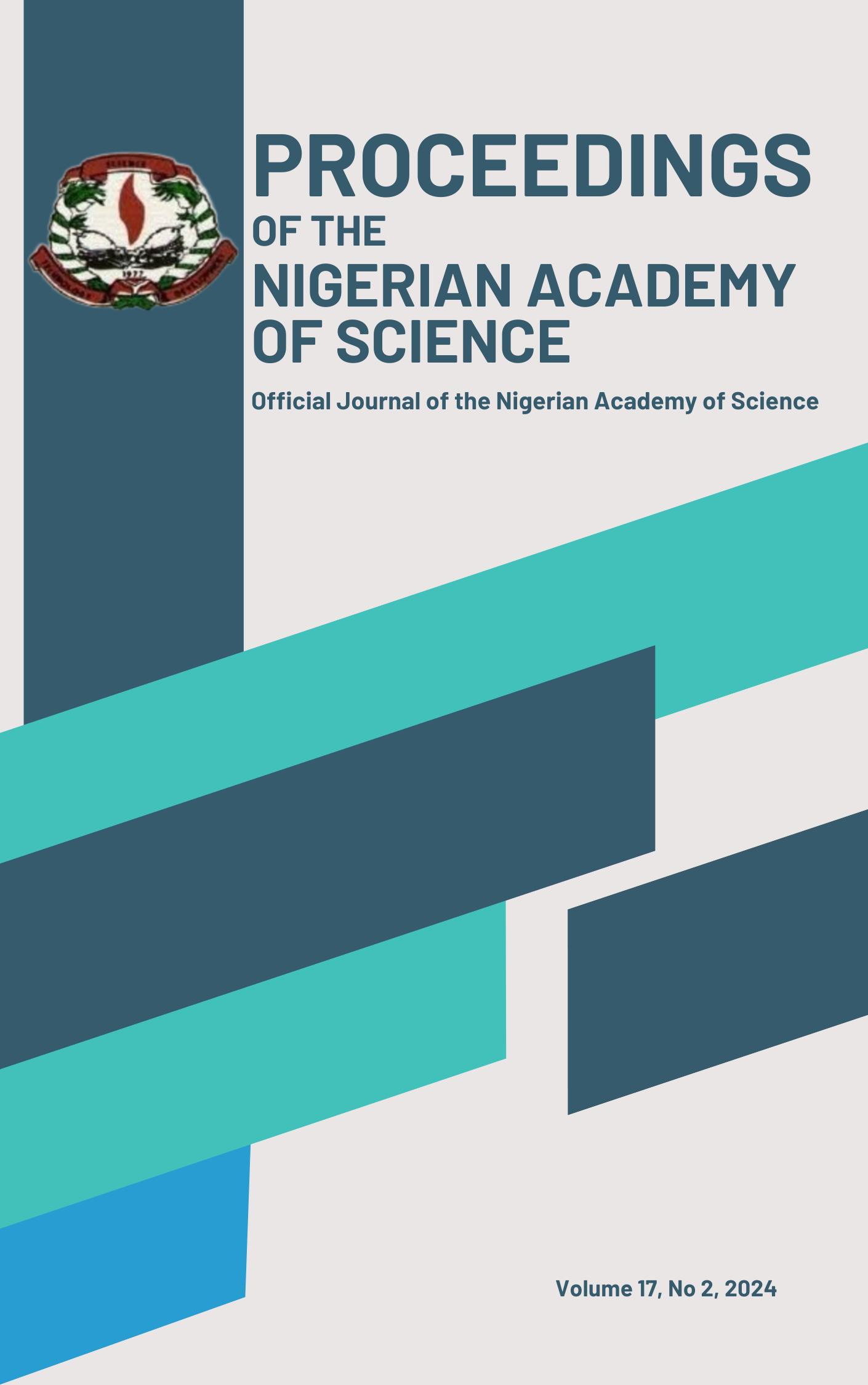Main Article Content
Antifungal effect of Euphorbia prostrata ethyl acetate extract on Microsporum audounii-induced skin dysfunction diseases in male rats
Abstract
The search for medicinal plants as viable substitutes for antifungal drug development is crucial due to the increasing threat of multiple drug resistance in global health. However, some of these medicinal plants have become prominent candidates due to reported biological functions such as antimicrobial properties, especially when it comes to treating drug-resistant skin infections with no or little side effects. Therefore, this study was designed to assess the topical application of ethyl acetate fraction of Euphorbia prostrata leaf extract on haematological parameters of rats infected with fungi. Cold maceration was employed to extract Euphorbia prostrata leaves, followed by vacuum liquid chromatography to fractionate the extract into n-hexane, ethyl acetate, chloroform, and methanol fractions. Phytochemicals and antioxidants assays determined the most active fraction, while antimicrobial susceptibility testing (AST) gauged its efficacy. Cream formulations ranging from 0.05% to 0.4% of ethyl acetate fraction were developed as antifungal agents and tested on rat model. The results indicated that the ethyl acetate fraction's dominance in flavonoid and phenolic content, alongside potent antioxidant activity. Treatment with both standard medication and the plant extract significantly elevated haemoglobin concentrations, with the 0.2% plant extract exhibiting the most pronounced effect. Monocyte counts increased notably in rats treated with varying concentrations of the plant extract, particularly in the 0.2% group. Eosinophil proportions were highest in rats treated with 0.4% ethyl acetate fraction cream, highlighting its efficacy against fungal infections. Overall, the study suggests the potential of Euphorbia prostrata extract in modulating erythropoiesis, immune function, and coagulation, thereby offering a promising avenue for addressing fungal infections and associated haematological disturbances.







